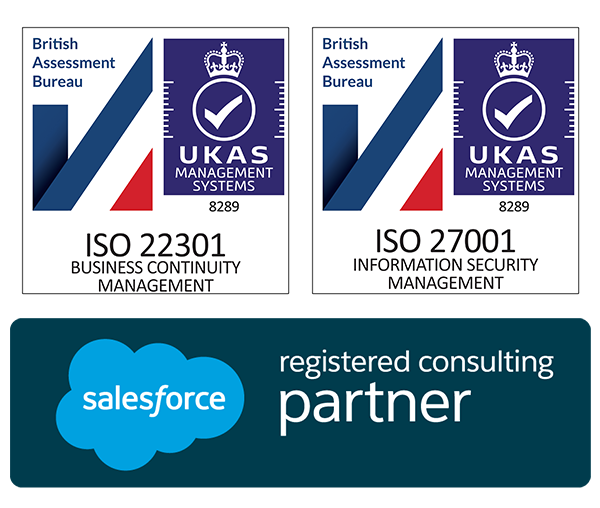
5 Ways Process Builder is Better than Workflow

Why is Process Builder better than Workflow, we hear you ask?
For the last few years Salesforce has been pushing to move from old (read: Classic UI) tools to their newer tools. Email templates are slowly moving to Lightning Templates, Lightning Record Pages are pretty much standard now, and there are plenty of other instances too.
A good example of this is the push to move from Workflow to Process Builder. When I started working in the Salesforce ecosystem Process Builder already existed, so I never spent much time in Workflow – as there really wasn’t a need to. So, in this article I’ll be running through the best features of PB and why, in my opinion, it’s better than Workflow. As a side note, I also spend a lot of time working in Flow, but I’ll be ignoring that in this article as it works in complementary fashion with PB.
With that said, let’s get into it!
- Workflow is only supported in Enterprise and Above
This is pretty much what it says on the tin. If you want to automate in Salesforce and you are using Essentials or Professional then unfortunately you won’t be able to use Workflow. This used to mean that automation was not available for these editions.
Now, the caveat to this is that limits exist in Essential and Professional editions as to how many processes you can have (spoiler alert, it’s 5), but this is still much better than none at all. Paired with Flow there is quite a lot you can do if you’re clever about planning your automations from the start of the project.
- The User Interface
Let’s get this one out the way early. The UI. This might seem trivial, but if you, like me, live your life automating everything then this makes a huge difference. The amount of time it takes me to build an automation in Workflow is approximately double what it would take me in Process Builder. The UI in Process Builder is also a lot more intuitive if you are used to no-code and low-code design, and fits more with a normal logical setup.
- Actions, Jackson
On a more functional level, we have the range of actions that are available to run when something is triggered. I’m not going to list out every single action that you have in Process Builder that you can’t do in Workflow. I’ll leave that for you to investigate. Suffice to say however that the ability to trigger flows (and therefore invokable APEX, if that’s your bag) and others mean that the range of what you can do is vastly increased.
- Field References
This might seem like it doesn’t deserve to be as high on this list as it is, but I assure you that this is very important. To be able to reference a field from the initiating record easily, and then be able to reference fields on related records is super important. The main thing you want from an automation tool is freedom. I want the ability to access all related objects at the click of a button and not have to build complicated formulas every time. The breadcrumb system in Process Builder (and Flow too) are massive time savers, and de-complicate the object structure, making it much more accessible to someone with less experience or learning the platform.
- It’s a Better Tool
For the reasons I’ve listed, plus many more that won’t make it into a concise blog post, the Process Builder is better. Even if you were to ignore that fact and continue to use Workflow because it’s what you know, the imminent retirement of Workflow should be reason enough for you to break out of your comfort zone and start learning the newer tools on offer in Salesforce. Start migrating your Workflow now and it will provide a good reason to spend some valuable time getting to know your new automation best friend!
We have many more useful articles available here.




